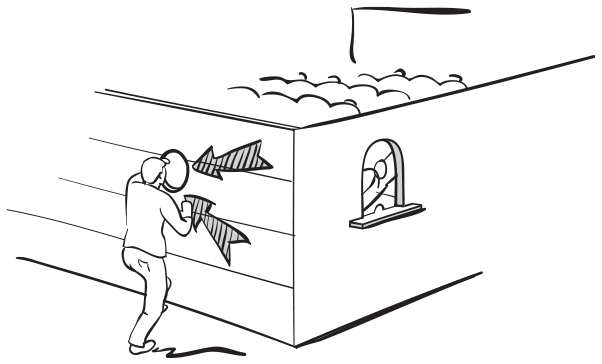Freemium
Choosing between free basic and paid premium versions

The pattern
The term ‘Freemium’ is coined from a combination of ‘free’ and ‘premium’. As this suggests, the business model involves offering a basic version of the product or service free of charge, while the premium version is made available against additional payment (WHAT?). The free version of the product is intended to permit the company to establish a large initial customer base, from which it is hoped that enough customers will later want to make the jump to the premium version (VALUE?).

A key performance indicator for this pattern is the so-called conversion rate, which measures the ratio of paying to non-paying customers. The percentage will vary according to the specific business model, but is generally situated in the single-digit range. Given that the vast majority of people use the free version of the product, which therefore needs to be cross-subsidised by premium customers, it follows that the cost of offering the basic product should be very low – ideally zero. In many cases, this is the only way to ensure that ‘free’ users are supported and that the business model is likely to be profitable for the company (VALUE?).
The origins
Venture capitalist Fred Wilson was the first to describe the Freemium business model back in 2006. He summarised the pattern as follows: ‘Give your service away for free, possibly ad supported but maybe not, acquire a lot of customers very efficiently through word of mouth, referral networks, organic search marketing, etc., then offer premium priced value added services or an enhanced version of your service to your customer base’. The coinage of the name goes back to a post Wilson put on his blog calling for a fitting name for this business model. ‘Freemium’ was chosen as the most appropriate term and has since become firmly established.
The Internet and the digitalisation of services are the main drivers that have enabled the development of this business model. Both offer the possibility of an ‘economy of bits’, which allows a myriad of products to be reproduced virtually cost-free and sold at a minimum price. Some of the first Freemium business models were Web-based email services developed in the 1990s. Microsoft’s Outlook.com (formerly Hotmail), for example, offers its users a free basic account, but charges a premium for additional features such as unlimited storage.
The innovators
In line with the rapid expansion of the Internet, the Freemium pattern was adopted over a large range of products. The telecommunications company Skype, founded in 2003, is an example of an enterprise that was able to capitalise on the Freemium pattern for business model innovation. Skype offers its users a Voice-over Internet Protocol programme (VoIP) that enables them to call anywhere in the world over the Internet. In addition, Skype offers its customers the option to purchase call credits for use with landlines and mobile phones. Now owned by Microsoft, the company has had a profound effect on the telecommunications industry, boasting well over half a billion users at the present time. Many traditional telecommunication providers have seen drastic reductions of their revenue from fixed-line and mobile-phone calls, now that users have the ability to communicate for free.
Freemium: timeline

Another example of a business model based on the Freemium pattern is the music streaming service Spotify. Users who pay nothing are regularly exposed to advertisements, which are no longer imposed if they upgrade to the more user-friendly premium package. A similar business model has been introduced by YouTube with the launch of YouTube Premium in 2018. For US $12 per month the premium version of YouTube allows subscribers to watch unlimited ad-free videos and to benefit from several other features such as downloading content for viewing offline and using YouTube Music.
Other prominent Freemium-based businesses include Dropbox and LinkedIn. Dropbox offers users a limited amount of free cloud storage space, which can then be expanded at will for a monthly fee. Purchasing a ‘premium badge’ allows LinkedIn subscribers to access the premium version of the product. This gives them a more prominent position in searches within the network or the possibility of browsing other members’ profiles incognito.
Video game companies are also making more and more use of Freemium models, especially for mobile applications. Sega, a Japanese manufacturer of video games, increasingly has started to use the Freemium model in recent years. For example, the strategy game ‘Total War Battles – Kingdom’ can be downloaded from the App Store for free. In the later course of the game, additional packages must be purchased in so-called ‘in-app purchases’ in order to avoid long waiting times in the game. Many other games work in a similar way in order to attract children and young people.
When and how to apply Freemium
This pattern is popular with Internet-based businesses with marginal production costs approaching zero and the benefit of external network effects. In the past, these kinds of companies have used the Freemium model to test user acceptance of new software releases or business models. The pattern works even better when coupled with a strong customer focus.
Some questions to ask
- What do our customers need as a base product/service?
- How can we improve our customers’ experience by valuable upgrades?
- Can we somehow lock our customers in?
- What functionalities provide added value and increase customers’ willingness to pay for our additional premium product or service?
